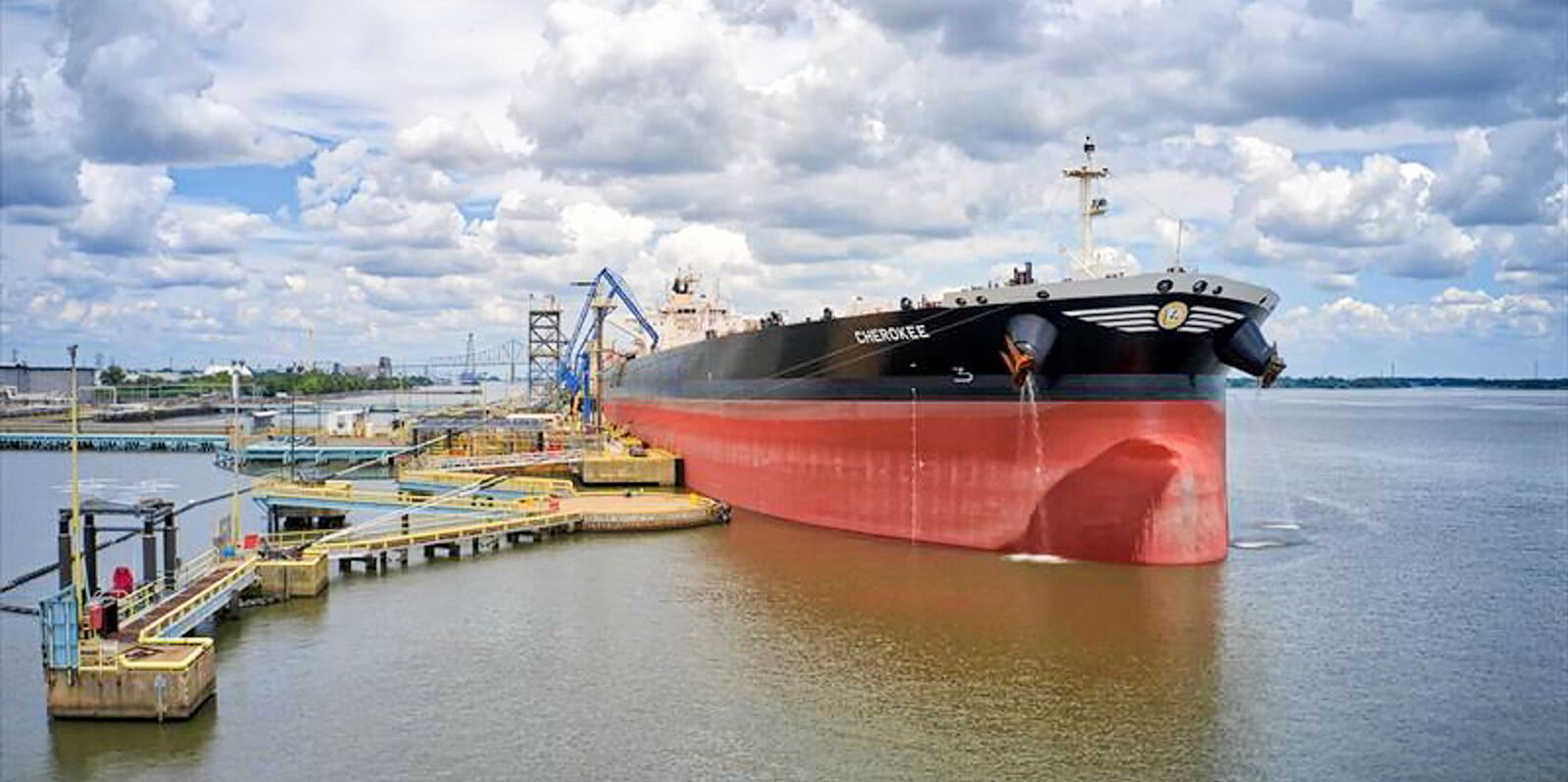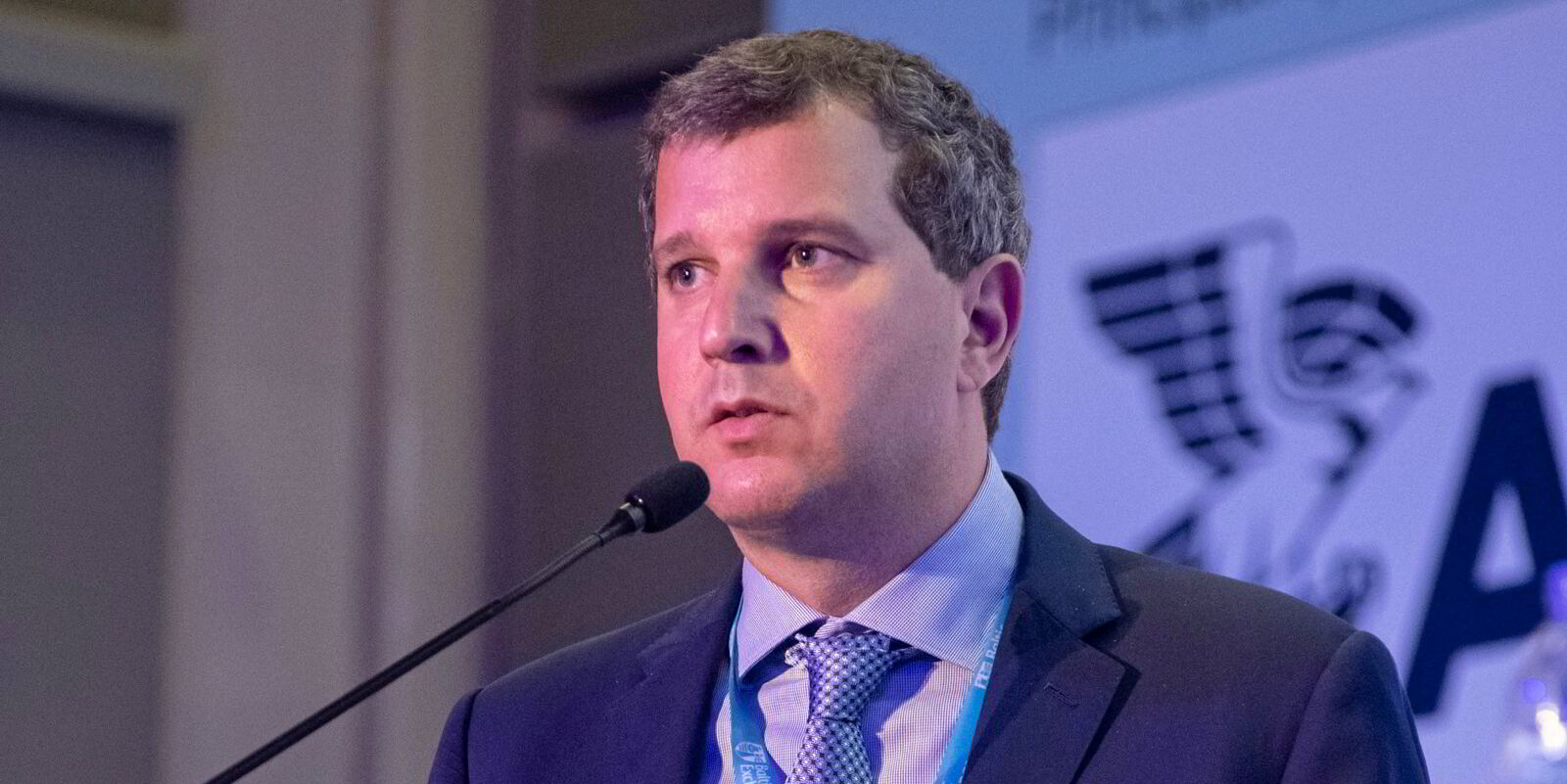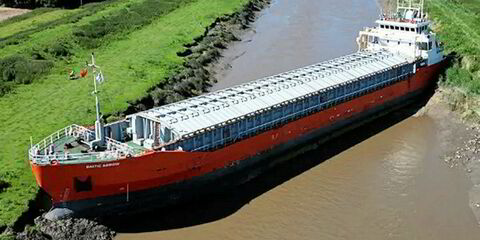VLCCs cleaning up to carry product cargoes have received plenty of attention in shipping in recent weeks, but UK shipbroker Gibson has identified suezmaxes as a potential bigger threat to product carrier owners.
Brokers have noted a shortage of clean tankers due to longer routes around South Africa to avoid the Red Sea, pushing rates up.
This makes cheaper freight rates on crude vessels heading from the Middle East to the West more attractive for traders such as Trafigura.
Gibson said one suezmax had its tanks cleaned to load a product cargo in the Middle East as far back as February.
This was followed by two more million-barrel ships in April, and two more in May.
“The trend has intensified this month, with five more suezmaxes and one VLCC cleaning up and loading products in the region,” the broker added.
And there have been unconfirmed reports of more tankers preparing to load products in the short-term, Gibson said.
Whether this trend continues could depend on the traditional divergence between crude and product tankers in the summer, the broker believes.
Crude carriers are usually at their lowest point in the freight market in the third quarter, as countries retain more oil in domestic refining systems to cope with peak travel demand.
But the smaller product ships see cargo imports spike for the same reason.
Volatility reduced?
“A greater involvement of larger crude carriers in the product tanker market certainly has the potential to reduce the LR volatility in months ahead,” Gibson said.
This could depress LR returns further at worst, or merely cap the huge peaks seen already this year, the broker added.
LR2 rates have surged above $100,000 per day on a number of occasions so far in 2024.
Total clean volumes shipped from the Middle East, excluding the west coast of Saudi Arabia, have also steadily increased by around 400,000 barrels per day between January and May, Gibson calculated.
This has been driven by rising refining runs on the back of substantial new capacity.
Suezmaxes, on the other hand, have averaged $46,000 per day in 2024, against $53,000 per day for LR2s.
Sometimes the spot gap has been as much as $60,000 per day, Gibson said.





